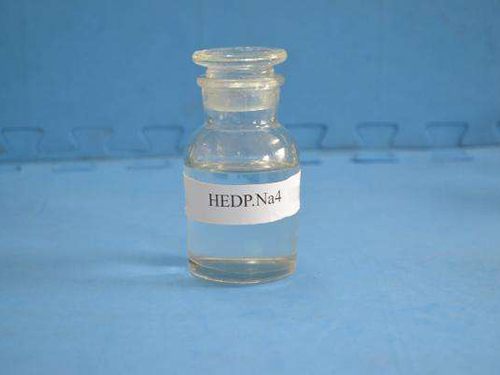Cationic Polyacrylamide Flocculant Applications and Benefits in Water Treatment Processes
The Role and Applications of Cationic Polyacrylamide Flocculant
Cationic polyacrylamide (CPAM) is a synthetic polymer that plays an essential role in various industrial processes, particularly in water treatment, sludge dewatering, and paper manufacturing. With its unique chemical structure and properties, CPAM has become a preferred choice for many applications in environmental management and industrial operations.
What is Cationic Polyacrylamide?
Cationic polyacrylamide is a polymer based on acrylamide monomers, where a significant portion of the acrylamide is substituted with cationic groups. This structural modification imparts a positive charge to the polymer, enabling it to interact effectively with negatively charged particles, such as suspended solids and colloids in water. The primary function of CPAM is to promote flocculation – a process where fine particles clump together to form larger aggregates, or flocs, that can be easily removed from liquids.
Mechanism of Action
The flocculation process initiated by cationic polyacrylamide involves several steps. When CPAM is added to a suspension, its cationic charge neutralizes the negative charge of suspended particles. This destabilization of the colloidal system leads to the aggregation of particles. The polymer chains act as a bridge, connecting small particles to form larger flocs that can settle out of the liquid. The efficiency of flocculation depends on several factors, including the molecular weight of the polymer, dosage, and the specific characteristics of the suspended particles.
Applications of Cationic Polyacrylamide
1. Water Treatment One of the primary applications of cationic polyacrylamide is in water treatment facilities, where it is used for the coagulation and flocculation of suspended solids. CPAM helps in clarifying drinking water, treating wastewater, and removing turbidity from industrial effluents.
cationic polyacrylamide flocculant

2. Sludge Dewatering In municipal and industrial wastewater treatment plants, the effective dewatering of sludge is critical for reducing waste volume and facilitating further treatment processes. CPAM improves the dewatering efficiency by promoting floc formation, thus accelerating the separation of water from sludge.
3. Paper Manufacturing The paper industry utilizes cationic polyacrylamide as a retention aid. The polymer enhances the retention of fibers and fillers during the papermaking process, leading to improved paper quality and reduced raw material costs.
4. Oil Recovery In enhanced oil recovery operations, cationic polyacrylamide is employed to improve waterflooding efficiency. The polymer aids in modifying the flow properties of water, leading to better mobilization of trapped oil and ultimately increasing recovery rates.
5. Mining Operations In the mining sector, CPAM is used as a flocculant for the separation of minerals from ore. By promoting the aggregation of mineral particles, CPAM enhances the efficiency of mineral processing and reduces the environmental impact of mining activities.
Advantages of Cationic Polyacrylamide
Cationic polyacrylamide offers several advantages over traditional flocculants. Firstly, its ability to operate effectively at low concentrations makes it a cost-effective solution. Additionally, CPAM is versatile and can be tailored to suit various applications by adjusting its molecular weight and charge density. It is also relatively easy to handle, and its application does not introduce harmful substances into the treated water.
Conclusion
Cationic polyacrylamide flocculant is a vital component in modern industrial processes, particularly in water treatment and waste management. Its ability to effectively promote flocculation and enhance dewatering processes contributes significantly to environmental sustainability and resource recovery. As industries continue to seek innovative solutions for clean water and efficient waste management, the importance of CPAM in achieving these goals will undoubtedly grow. Its versatility and effectiveness make it a key player in tackling some of the pressing challenges in water treatment and industrial operations today.
-
lk-319-special-scale-and-corrosion-inhibitor-for-steel-plants-advanced-solutions-for-industrial-water-systemsNewsAug.22,2025
-
flocculant-water-treatment-essential-chemical-solutions-for-purification-processesNewsAug.22,2025
-
isothiazolinones-versatile-microbial-control-agents-for-industrial-and-consumer-applicationsNewsAug.22,2025
-
scale-inhibitor-key-solutions-for-water-system-scale-preventionNewsAug.22,2025
-
organophosphonates-versatile-scale-inhibitors-for-industrial-water-systemsNewsAug.22,2025
-
scale-and-corrosion-inhibitor-essential-chemical-solutions-for-water-system-maintenanceNewsAug.22,2025





